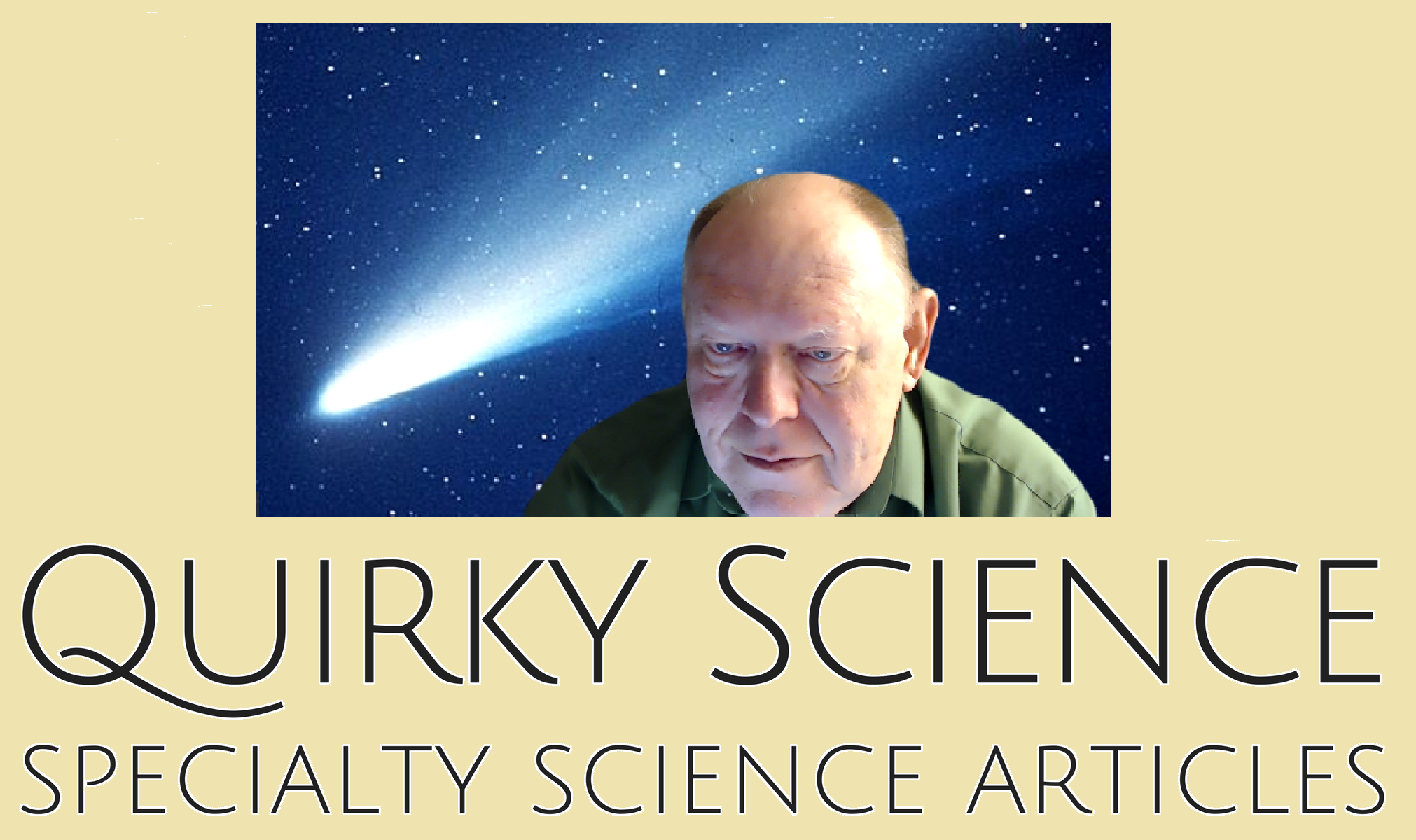What Makes Ice Slippery Compared to Other Solids? A Combination of Factors?
[caption id="attachment_17673" align="alignleft" width="380"] Image: Tvb hof - Own work, CC BY-SA 3.0[/caption] “Be careful if you will be driving this evening,” the weather forecaster declares. “The road will be a sheet of ice.” Whether tar and gravel, asphalt, or concrete, roads most of the year are not slippery. Yet come winter, those roads can be dangerously slippery. What makes ice and icy roads so slippery? What Makes Ice Slippery One line of thinking is that ice is slippery because water (H₂O) expands as it freezes. When a heavy object rests upon a sheet of ice, the pressure imparts energy to the molecules immediately beneath the weight, pressing them down, melting it. The water acts much like a lubricant, making the ice slippery. In truth, if the ice is reasonably…
